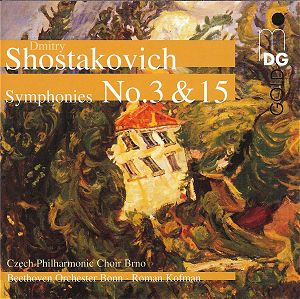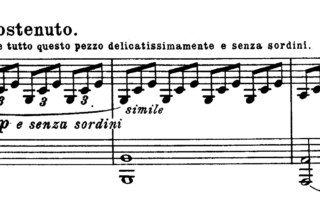


There are interesting references that we will shortly mention: the "Hungarian" element (that the two previous concertos already seem to have in them) and the cadenza's being resolved to a "major" "6/8" version of the primary theme, in a rhythmically shifted-displaced version.c) Formal AnalysisFirst MovementAlthough a typical first movement form has features that are very close to a sonata form, the analysis shown in Appendix traces through the keys and theme areas with respect to the necessary T1, S1 etc terminology that invokes the "1st movement form" which is an extended version of a da capo aria-or a rounded binary form. If we follow the thread of a parallelism between verse and the second movement, we have to see the "humor" in the third movement, Rondo. C Minor first movement in concerto form, will be followed by a E Major largo-a prosodic style, with a solo first, and then the chorus, as it could possibly be thought of. Especially, the symphonic idiom that he would adopt can be traced through how he treats this piano concerto's first theme-looking forward to the Eroica Symphony a few years later.This concerto, also important because it is the only minor mode concerto of Beethoven, has got its expressiveness Don Giovanni and D minor Concerto of Mozart-that Beethoven regarded very higly. The only thing that we know is that the sketchbook from 1803 being discovered that bears evidence that in the previous sketchbooks, there has to be lost pages that were sketches of this work.The first performance took place in 1803, where the piece didn't get too much attention, and was even named as a piece that didn't almost reflect the pianistic abilities that Beethoven had built up as an expectation among his listeners.1There is also evidence that Beethoven modeled his thinking on the C minor concerto (the only one in that key) by Mozart, and developed his ideas for the long strained-for concerto.The first two piano concertos were composed when the composer was in his twenties- described possibly as " innocent and unenterprising."2 The third piano concerto, constitutes a great advance over the preceding two, that even Beethoven was very proudly acknowledging in his letters to his editors. The details of when the sketches were started exactly is a fairly complicated issue that had to be resolved through a rigorous analysis of the staff papers used in different circumstances by Beethoven (namely rastrology that studies the staff lining of staff papers).


 0 kommentar(er)
0 kommentar(er)
